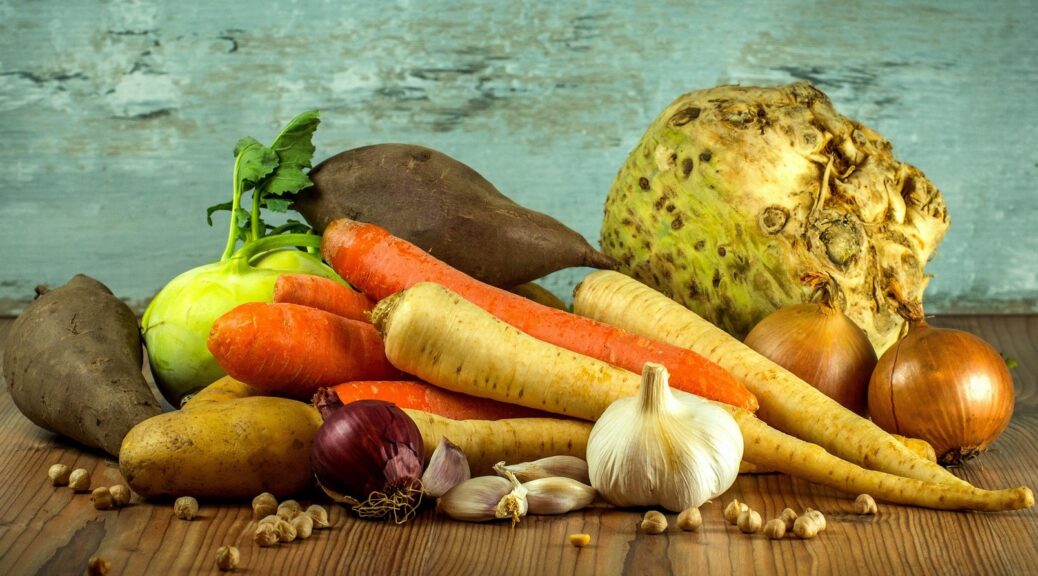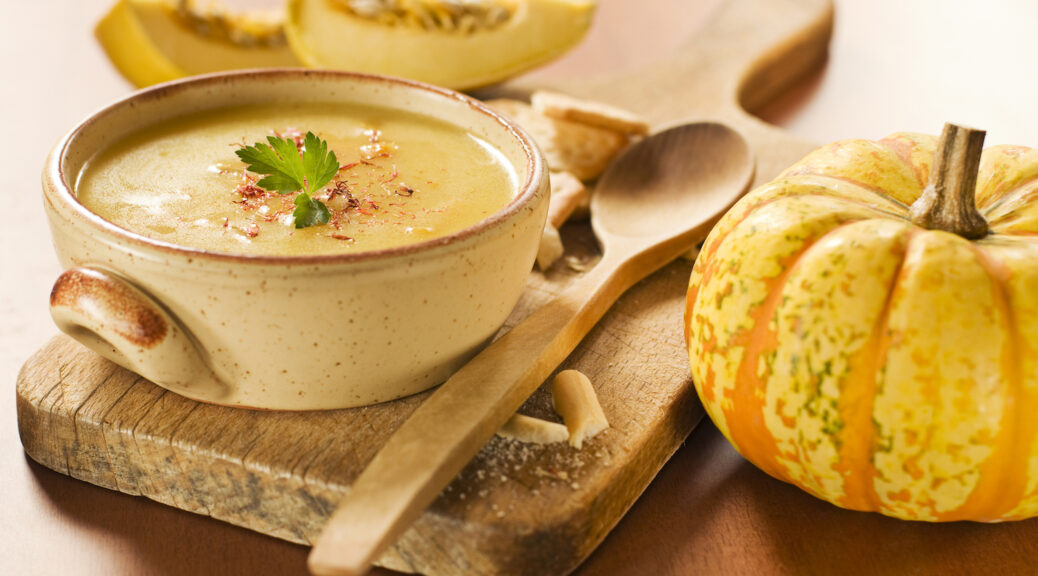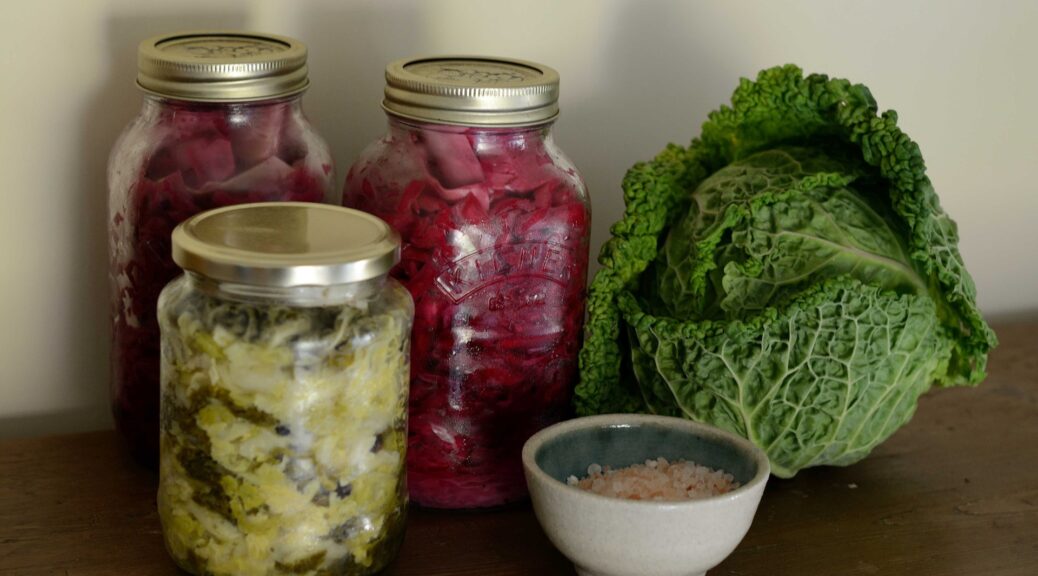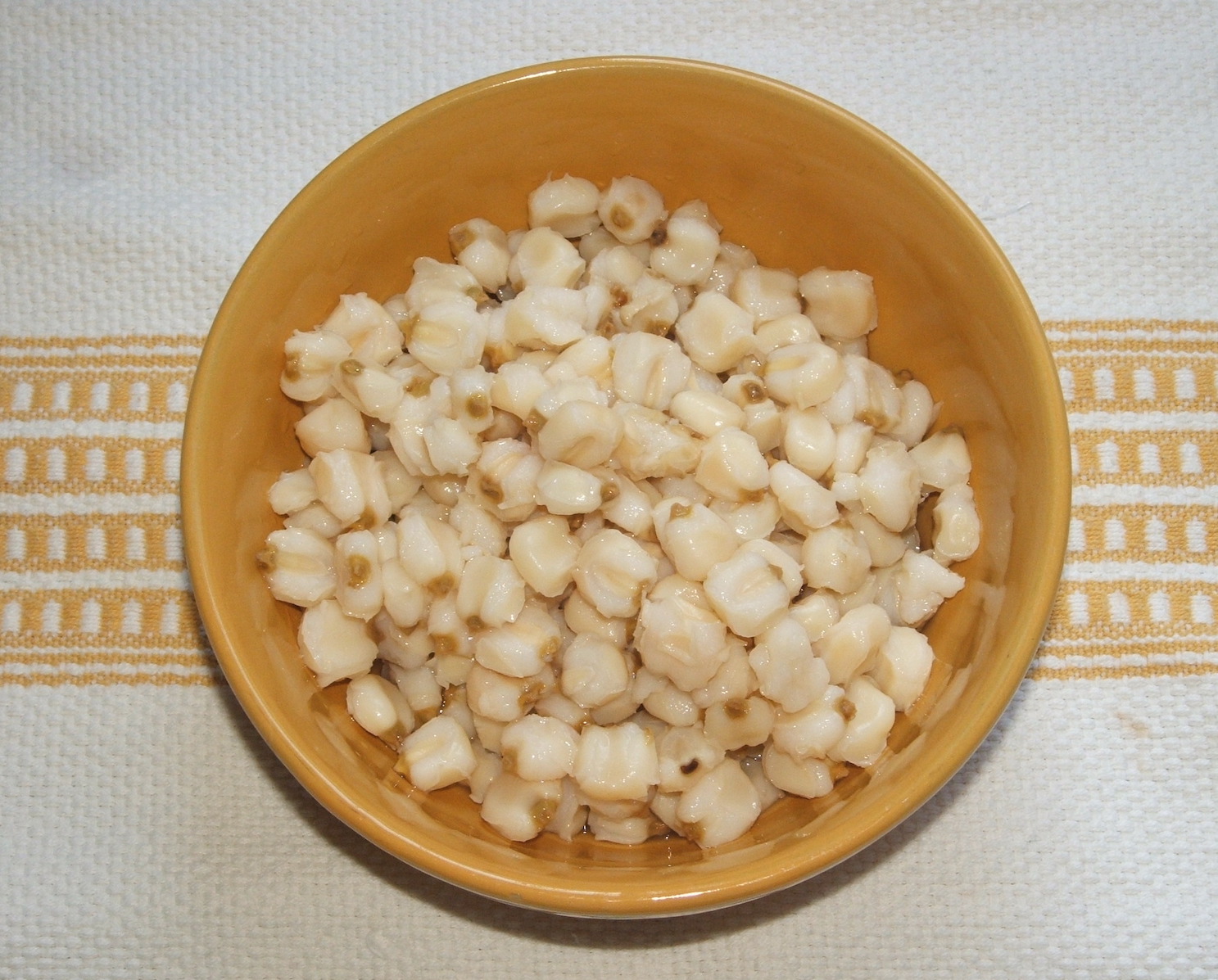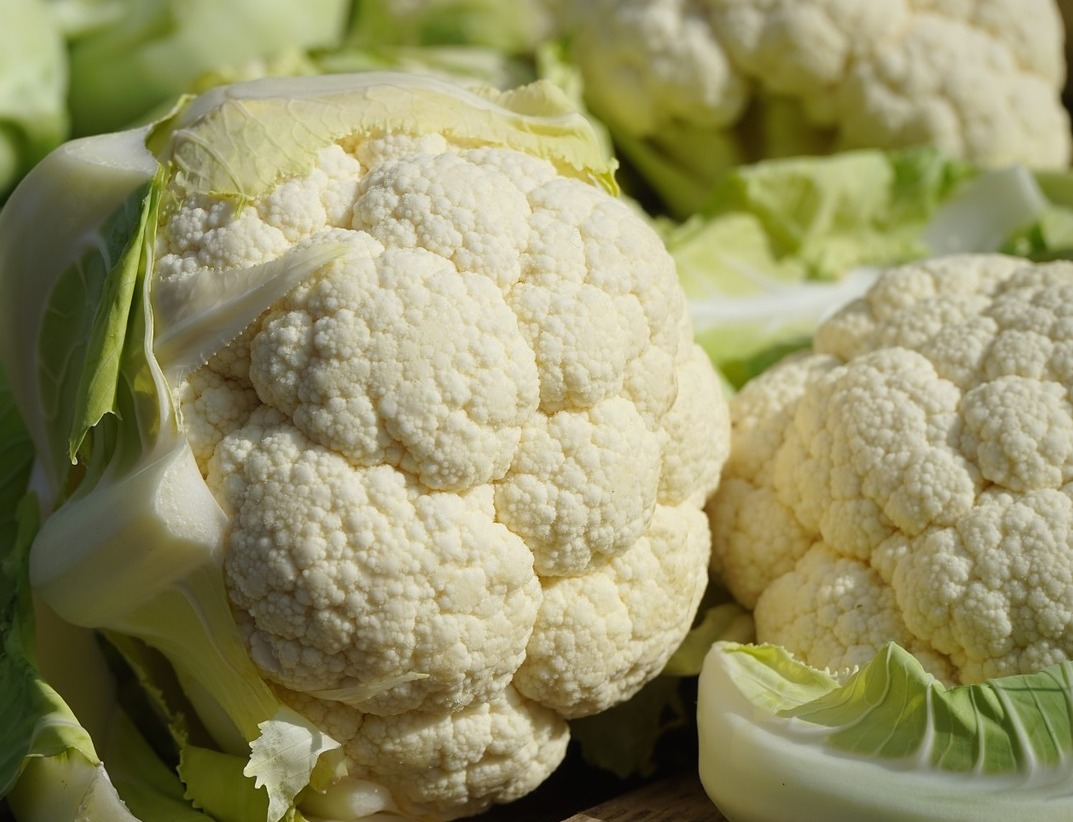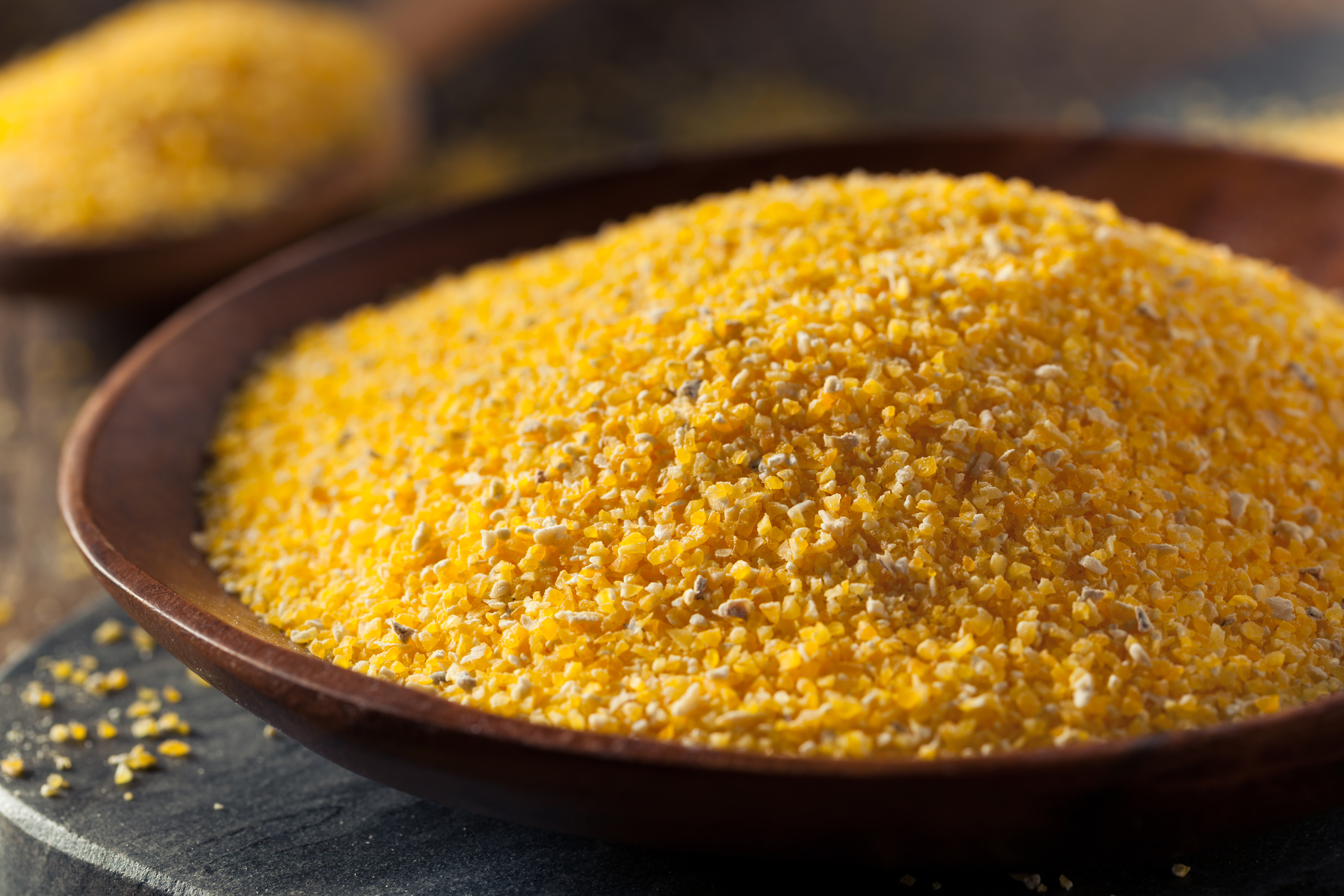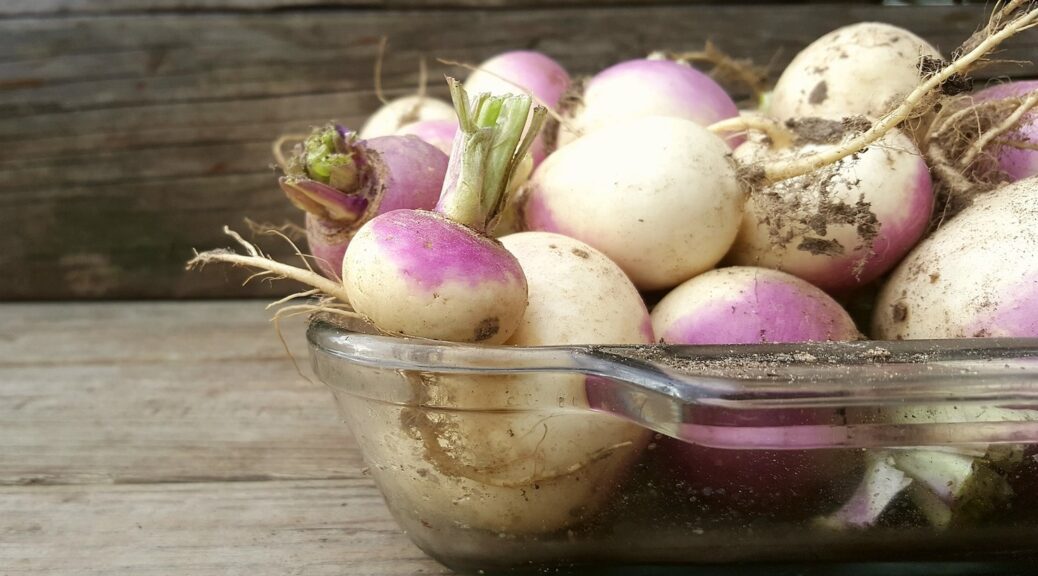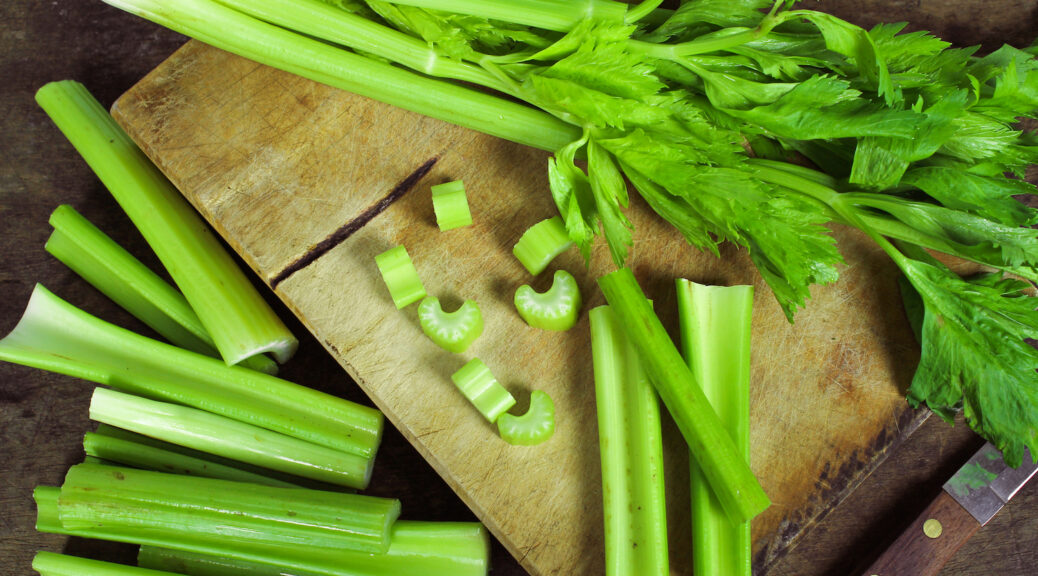Best Ways to Prepare Vegetables for Cooking
In the 1800s, vegetables were mostly picked from gardens, bought fresh from the market, or stored in cellars for future use. People couldn’t afford to waste food, so advice on preparing and cooking vegetables was certainly appreciated. INFORMATION BELOW FROM 1800s COOKBOOKS GREEN VEGETABLES – Wash green vegetables first in warm water to remove insects. Then rinse in cold water. Or put a pinch of borax in the water. It will bring any live insect to the surface at once….
